Hydrilla Rich.
hydrilla
Hydrocharitaceae
Egeria, Elatine, Elodea, Hemianthus, Lagarosiphon, Micranthemum, Nechamandra
Europe, Africa to Australia
Hydrilla verticillata (L.f.) Royle
U.S. Federal Noxious Weed: Hydrilla verticillata
Identification: Hydrilla can be distinguished from Egeria, Elodea, and Lagarosiphon by its whorledwhorled:
(n) bearing whorls; a type of leaf arrangement (phyllotaxis) in which leaves are in whorlsleaves, which bear small spines on the midveins on the underside of each leaf. (See below for further details.)
almost cosmopolitancosmopolitan:
(adj) essentially worldwide in distribution
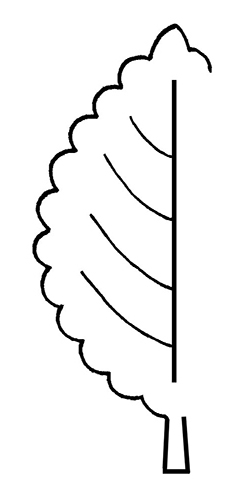 , apparently absent from South America
, apparently absent from South America
Hydrilla is a serious environmental weed and a weed in irrigation systems in numerous countries. Hydrilla is an aquatic weed on the U.S. federal noxious weed list.
submersedsubmersed:
see submerged
 stem plantstem plant:
stem plantstem plant:
(n) (a term used in the aquarium and pond plant trade) having an elongate stem (as opposed to a compact stem)
 , rooted but often breaking fee and floating in mats
, rooted but often breaking fee and floating in mats
Annual or perennialperennial:
(adj) (of a plant) having a life cycle of more than two years
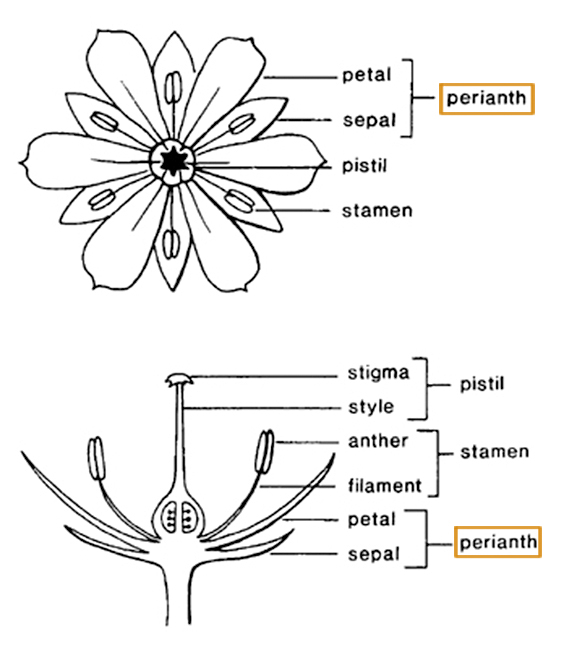 , attached. Monoeciousmonoecious:
, attached. Monoeciousmonoecious:
(adj) having separate male and female flowers on the same individual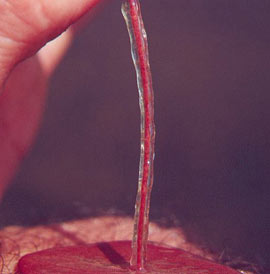 or sometimes dioeciousdioecious:
or sometimes dioeciousdioecious:
(adj) having separate male and female flowers on different individuals of the same species
 . Stems elongate, branched regularly, ascending or stoloniferous. Leaves caulescentcaulescent:
. Stems elongate, branched regularly, ascending or stoloniferous. Leaves caulescentcaulescent:
(adj) having a more or less well developed above-ground stem
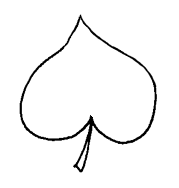 , arranged in whorls of 3-10, but whorles other than at nodes mostly 5 per whorlwhorl:
, arranged in whorls of 3-10, but whorles other than at nodes mostly 5 per whorlwhorl:
(n) three or more similar organs arranged in a circle at the same point around an axis
 on well-developed stems. Leaves relatively evenly distributed along stem, crowded at apexapex:
on well-developed stems. Leaves relatively evenly distributed along stem, crowded at apexapex:
(n) the point farthest from the point of attachment; the tip (often pointed)
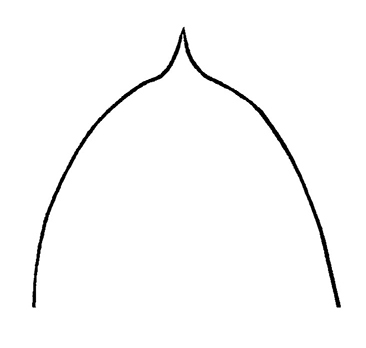 , sessilesessile:
, sessilesessile:
(adj) attached directly, without a stalk
 ; leaf bladeblade:
; leaf bladeblade:
(n) (syn. lamina) the flat, expanded part of a leaf, frond, or petal (excluding, e.g., the petiole)
 linear to lanceolatelanceolate:
linear to lanceolatelanceolate:
(adj) lance-shaped; widest point below the middle, tapering to the apex
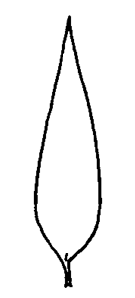 , midveinmidvein:
, midveinmidvein:
(n) the primary, usually central vein of a leaf or leaflet
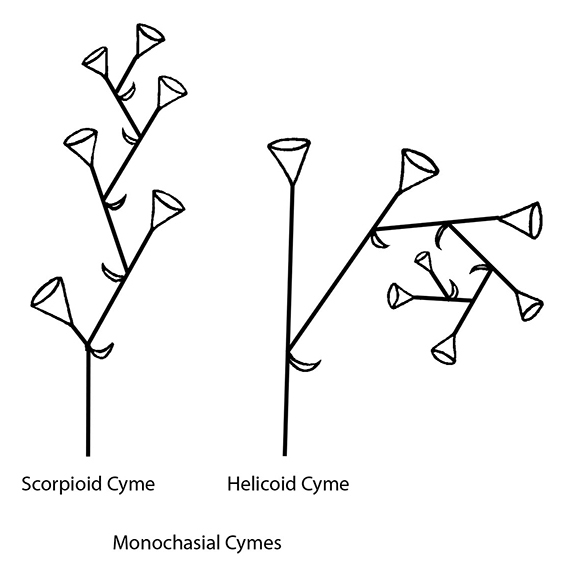 distinct; marginmargin:
distinct; marginmargin:
(n) edge; rim
 finely serrateserrate:
finely serrateserrate:
(adj) (of a leaf margin) bearing sharp teeth pointing forward or to the apex
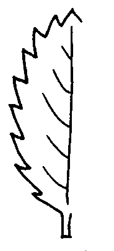 , but coarser than Elodea serrations, usually visible without magnification. Turions develop either on stolons below substrate or are axillaryaxillary:
, but coarser than Elodea serrations, usually visible without magnification. Turions develop either on stolons below substrate or are axillaryaxillary:
(adj) in, of, or produced from an axil
 on stems. Inflorescenceinflorescence:
on stems. Inflorescenceinflorescence:
(n) the arrangement of flowers on the floral axis
 axillaryaxillary:
axillaryaxillary:
(adj) in, of, or produced from an axil
 ; spathespathe:
; spathespathe:
(n) a large bract or bracts subtending and often enclosing an inflorescence
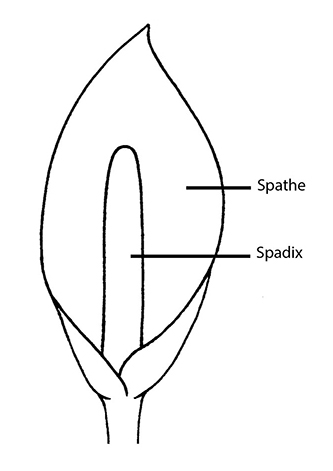 of two united bracts. Flowers unisexualunisexual:
of two united bracts. Flowers unisexualunisexual:
(adj) (of a flower) with either stamens (male) or pistils (female) but not both; consisting of only male or female flowers
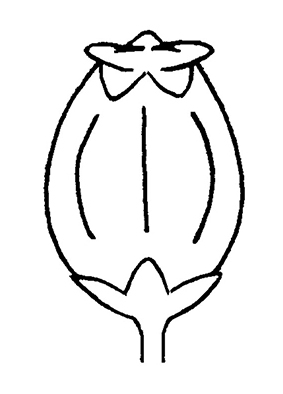 ; male flowers sessilesessile:
; male flowers sessilesessile:
(adj) attached directly, without a stalk
 or subsessile, subtending spathespathe:
or subsessile, subtending spathespathe:
(n) a large bract or bracts subtending and often enclosing an inflorescence
 opens violently, liberating flowers which then float on water surface; female flowers sessilesessile:
opens violently, liberating flowers which then float on water surface; female flowers sessilesessile:
(adj) attached directly, without a stalk
 but appearing long-pedicellate (hypanthiumhypanthium:
but appearing long-pedicellate (hypanthiumhypanthium:
(n) the cup-shaped structure formed from the fusion of the basal parts of the calyx, corolla, and stamens, on the rim of which these parts arise
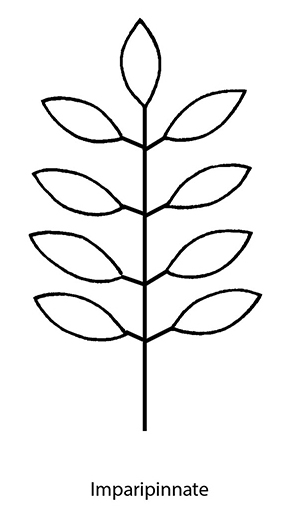 ), opening at water surface. Dispersal by seed, turionturion:
), opening at water surface. Dispersal by seed, turionturion:
(n) a hibernating bud produced by certain aquatic plants from which growth emerges in the following spring
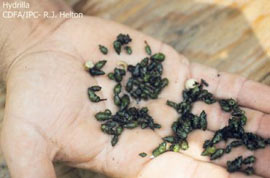 or stem fragments.
or stem fragments.
still waters of lakes, ponds, swamps, and rivers
Hydrilla verticillata is the only species in this genus. Hydrilla is a very fast growing plant which quickly outcompetes other plant species. Extensive growth of this plant quickly chokes waterways, limiting their use by people. Variation in leaf number, stem elongation, and leaf shape can result in misidentification with other genera similar in appearance. Small spine-like processes along the abaxialabaxial:
(adj) the side facing away from the axis, as in the underside of a leaf
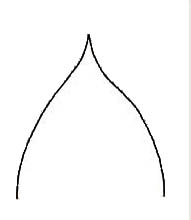 surface of the leaf midveinmidvein:
surface of the leaf midveinmidvein:
(n) the primary, usually central vein of a leaf or leaflet
 is an important diagnostic character in plants that are not flowering, but is not always present.
is an important diagnostic character in plants that are not flowering, but is not always present.